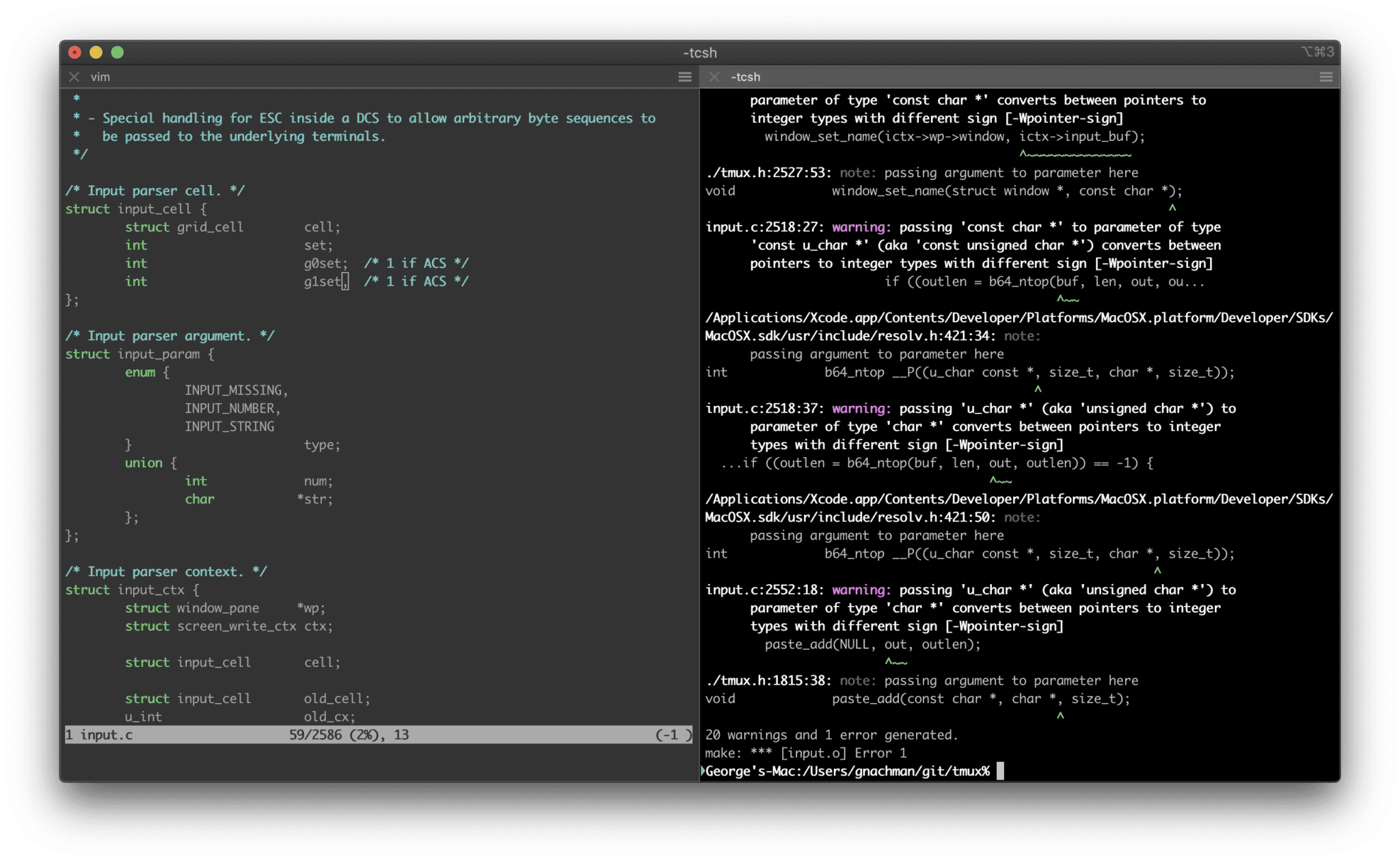
When macOS enthusiasts and developers think of a terminal emulator that offers them both flexibility and power, iTerm2 often tops the list. With its feature-rich interface and customization options, it’s not hard to see why. However, as with all software, maintaining security is an ongoing challenge. Recently, iTerm2 users were alerted to two security vulnerabilities that, if exploited, could potentially lead to remote code execution.
iTerm2: A Brief Overview
For the uninitiated, iTerm2 is a free and open-source terminal emulator for macOS, a preferred choice for those seeking an upgrade from the default Terminal app. Over the years, iTerm2 has become the go-to for developers and other technical professionals, offering a seamless way to engage with the command line. Its popularity doesn’t stop with the tech crowd. Many users, looking for an enhanced terminal experience, have also flocked to iTerm2.
The Vulnerabilities Unveiled
In August, two versions, 3.4.20 and 3.5.0beta11, were rolled out to address specific security vulnerabilities that had the potential to leverage iTerm2 to execute commands under certain conditions. These vulnerabilities are:
1. CVE-2023-46300: In versions of iTerm2 preceding 3.4.20, there existed a flaw pertaining to how iTerm2 managed certain escape sequences linked to tmux integration. If exploited, this vulnerability could potentially allow remote code execution.
2. CVE-2023-46301: This vulnerability, similar in nature to the aforementioned one, concerns the handling of certain escape sequences associated with uploads in iTerm2 versions prior to 3.4.20. Again, the risk here was the potential for (remote) code execution.
These vulnerabilities, while now addressed in the latest versions, were significant risks, especially for users frequently engaging with external servers or unknown sources.
A Closer Look by SolidSnail
The technical community owes a debt of gratitude to the security researcher known as SolidSnail. They delved deep into these flaws, releasing a detailed technical analysis that shed light on the inner workings and potential exploitation of these vulnerabilities. Such analyses are vital for software developers and security professionals, helping them understand the nuances of vulnerabilities and design better defensive measures.
What Should iTerm2 Users Do?
For iTerm2 aficionados, the course of action is clear:
- Update Immediately: If you’re using a version of iTerm2 older than 3.4.20, update your software immediately. The latest versions have patches that address these vulnerabilities.
- Stay Informed: Engage with the iTerm2 community and other trusted security sources. Knowledge is power, and staying updated on the latest vulnerabilities and patches is essential.
- Be Cautious: Always be wary of unfamiliar sources or unsolicited files. Even with patches, practicing safe computing habits is crucial.